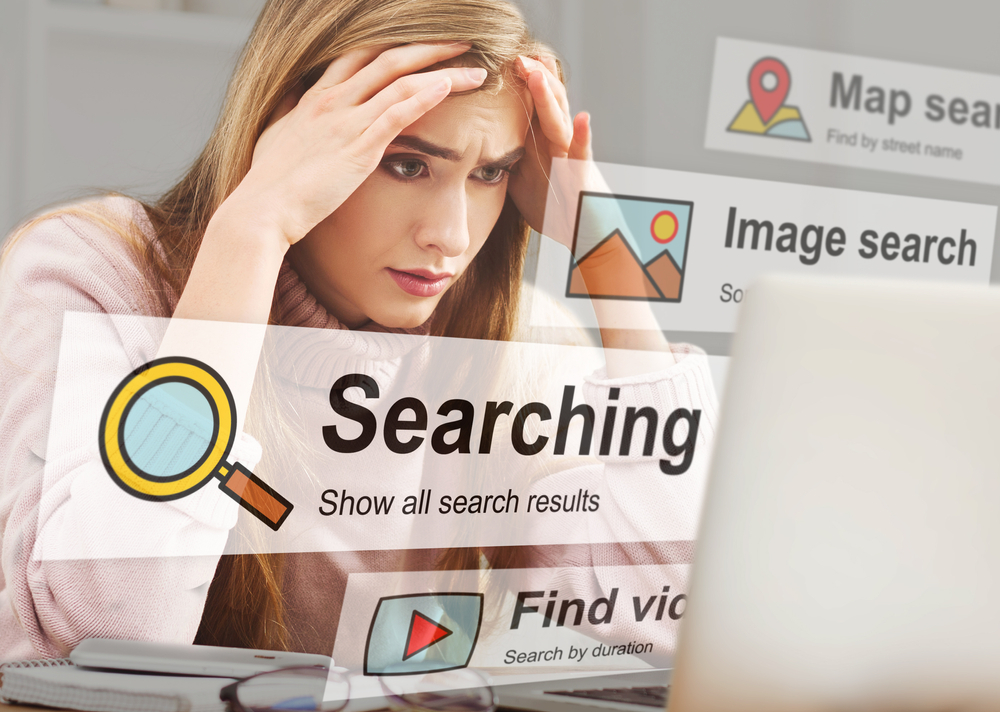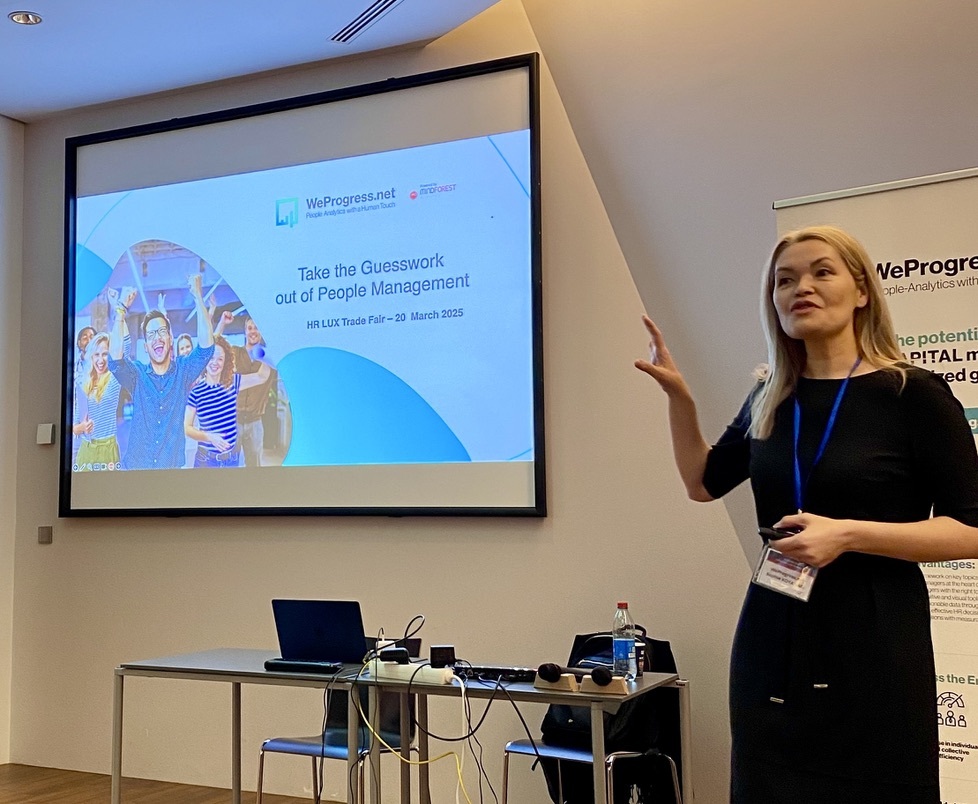Information Overload or Filter Failure?
“HYPERCONNECTIVITY IS VERY MUCH LIKE THE HUMAN BRAIN. OUR CONSCIOUS ACTIVITY IS A TINY TIP OF THE ICEBERG OF WHAT’S GOING ON IN OUR HEAD, WE DON’T KNOW EVERYTHING THAT’S GOING ON EVERY MOMENT, WE DON’T HAVE TO THINK TO BREATHE. AND OUR VISION OF THE HYPERCONNECTED WORLD SHOULD BE LIKE THAT: THAT WE ARE STILL IN CONTROL, BUT GOOD THINGS ARE GOING ON AS A RESULT OF HYPERCONNECTIVITY.”
Those were the famous words of Robert Madelin, Director-General for Communications Networks, Content and Technology, European Commission, in the 2013 WEF report. And while it might seem like a strange parallel to draw, this year more than ever, we have all experienced the positives and negatives of a hyperconnected world.
THE CHALLENGES OF GOING 100% DIGITAL
While remote work wasn’t a completely new phenomena, according to STATEC 20% already worked partially remotely in Luxembourg in 2018.
Nonetheless, digital interconnectedness made it possible for most people to make the switch to home office from one week to the other when the pandemic hit. The same digital blessings that made this possible, have also highlighted certain digital challenges when it comes to navigating a hyperconnected world.
1. Worrying habits leading to significant stress
Many teams have experienced an increase in multitasking and partial attention. Further, remote work has made some employees unable to disconnect from work which has for example resulted in emails being sent at 10 pm or 3 pm on a weekend afternoon. The ever-connected environment has hence led to additional pressure and increased stress and even burnout in some workplaces.
2. Information overload
Whilst the sharing of documents has been relatively smooth thanks to digital solutions, the use of multiple channels has made it increasingly difficulty to trace information. Studies show that the average employee loses one third of their time searching for essential information to execute their tasks.[1]
In addition to this, employees receive on average 115 emails per day[2]. Adding this to the several other channels they receive information through, an overload is inevitable.

3. Loss of interaction and connectedness
Working from home puts employees at a higher risk of missing out on human connection for days. This lack of personal interaction can lead to both individualistic and egoistic behaviour, as well as mental stress due to the human basic need for contact and the feeling of belonging.
4. Lack of appropriate strategy, structures and processes
Remote work has even further highlighted the need to review the ways of working as well as organizational strategies, structures and processes in order to accommodate a hyperconnected workplace.

THE OPPORTUNITIES OF GOING 100% DIGITAL
Having experienced the challenges related to hyperconnectivity and remote work, it is logical to search for solutions to steer against them. Looking at the most digitally fit companies, according to Oxford Economics Leaders 2020 Study, it was found that the key aspects to focus on becoming digitally successful were leadership, diversity and technology.
Translating this into 4 main business areas to focus on, hyperconnectivity shows an opportunity to grow in the following areas:
1. Refresh company strategy and organisation
According to the World Economic Forum, 57% of executives are more worried about notable competition from existing companies launching digital products.[3]
The answer to surviving strategically in a hyperconnected world is to define a partly analog, partly digital structure focusing on a clearly stated and effectively communicated strategy that is linked to frontline priorities.
Employees and clients need to embrace the mission – buy-in to the company and have an understanding of the digital strategy with the specific behaviours and actions, processes and workflows required to follow.
2. Culture and Leadership
To succeed in the hyperconnected world and improve productivity whilst, supporting the chosen strategy, it is more than ever important to focus on building a collaborative and co-creative culture with strong values.
Digital tools and supports need to be lived top down, thanks to leading by example and fully embracing technology to support strategy and culture using well-chosen communication and collaboration platforms with clearly defined goals and applications.
Such a culture does not come automatically. It not only needs to be woven into processes and workflows, but even more into the culture and leadership behaviour of the organization.
As a leader it is critical to walk the talk and live the values that employees are expected to live by. If it is not part of the culture to connect during holidays and weekends, you need to clearly communicate this and live it as well by introducing an understanding of the protection against hyperconnectivity and the connected mental fatigue and other health issues that comes with it.

3. Employee Engagement and Empowerment
In the same study published by the World Economic Forum (as mentioned above), it was found that less than half of the respondents saw the necessity of introducing digital skills training.[4]
Given that the digital tool is only as good as the knowledge of the user applying it, I find this outcome shocking. Digital Literacy should naturally be on top of the list to empower employees to work autonomously and create a feeling of mastering their tools and tasks.
Both feelings of autonomy and mastery are together with belongingness basic psychological needs that lead to a higher level of engagement, work satisfaction and performance.
The feeling of belongingness can be linked to both the cultural values of the company as well as levels of collaboration and team-spirit, which should be fostered to improve the functioning of remote digital teams.
Communicating and showing kind ways of dealing with the risks of hyperconnectivity such as mental fatigue, stress and in the worst-case burn-out and physical health issues also increases motivation and loyalty as it shows that management cares about their employees’ health and wellbeing. This goes from putting rules in place to ensure time out and work-free holidays, to installing resources, showing kindness, improving overall resilience as a tool against screen addiction, to encouraging staff to become more mindful and listen more intentionally without being disturbing by cluttered thoughts.
4. Communication
Time and space need to be respected accommodating the employees’ needs for “digital detox”-time, preferences and choices.
Appropriate communication will ensure transparency and that every employee is on the same information level; this not only increases trust and improves relations within teams, it can also lead both to increased productivity and improved decision making.
THE CHALLENGES OF GOING 100% DIGITAL
This is why, hyperconnectivity is like the brain. If digested and wired correctly, today’s data rich environment can create competitive advantages and open doors in companies both internally and externally.
With the right strategy, culture and communication in place, a hyperconnected world deploying the right digital tools can constitute a support for human interaction, collaboration and relations across borders and time- zones.
Further, by ensuring focused use of data whilst consequently taking time to declutter and disconnect healthily – to quote Tim O’Reilly:
“WHAT NEW TECHNOLOGY DOES IS CREATE NEW OPPORTUNITIES TO DO A JOB THAT CUSTOMERS WANT DONE.“
Let us help you
WANT TO RECEIVE OUR LATEST THOUGHT LEADERSHIP CONTENT?
Related posts
 Take the Guesswork out of People Management
Take the Guesswork out of People Management
 From processes to people: achieving quality
From processes to people: achieving quality
 Daring to lead Positive Transformation: What if Positive Emotional Capital was your key to sustainable change?
Daring to lead Positive Transformation: What if Positive Emotional Capital was your key to sustainable change?
 Why hire Change management professionals? We can do it alone!
Why hire Change management professionals? We can do it alone!
 Digital Transformation and Change Management: Lessons shared in an event hosted by Cebi and MindForest
Digital Transformation and Change Management: Lessons shared in an event hosted by Cebi and MindForest




